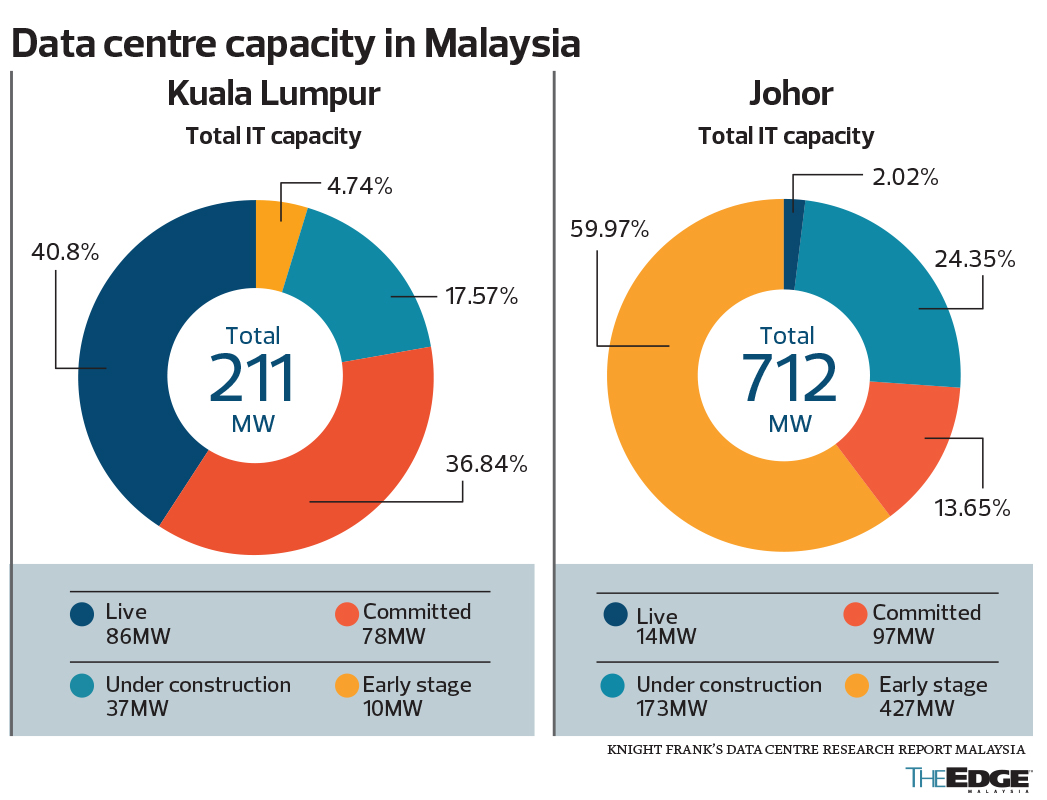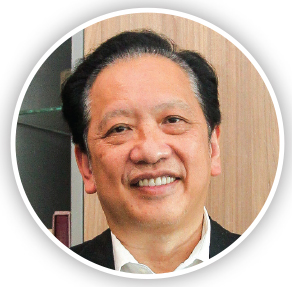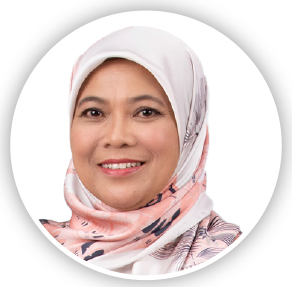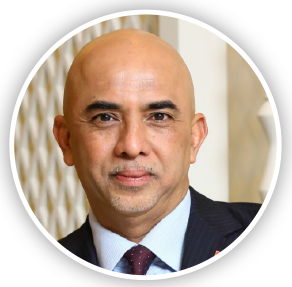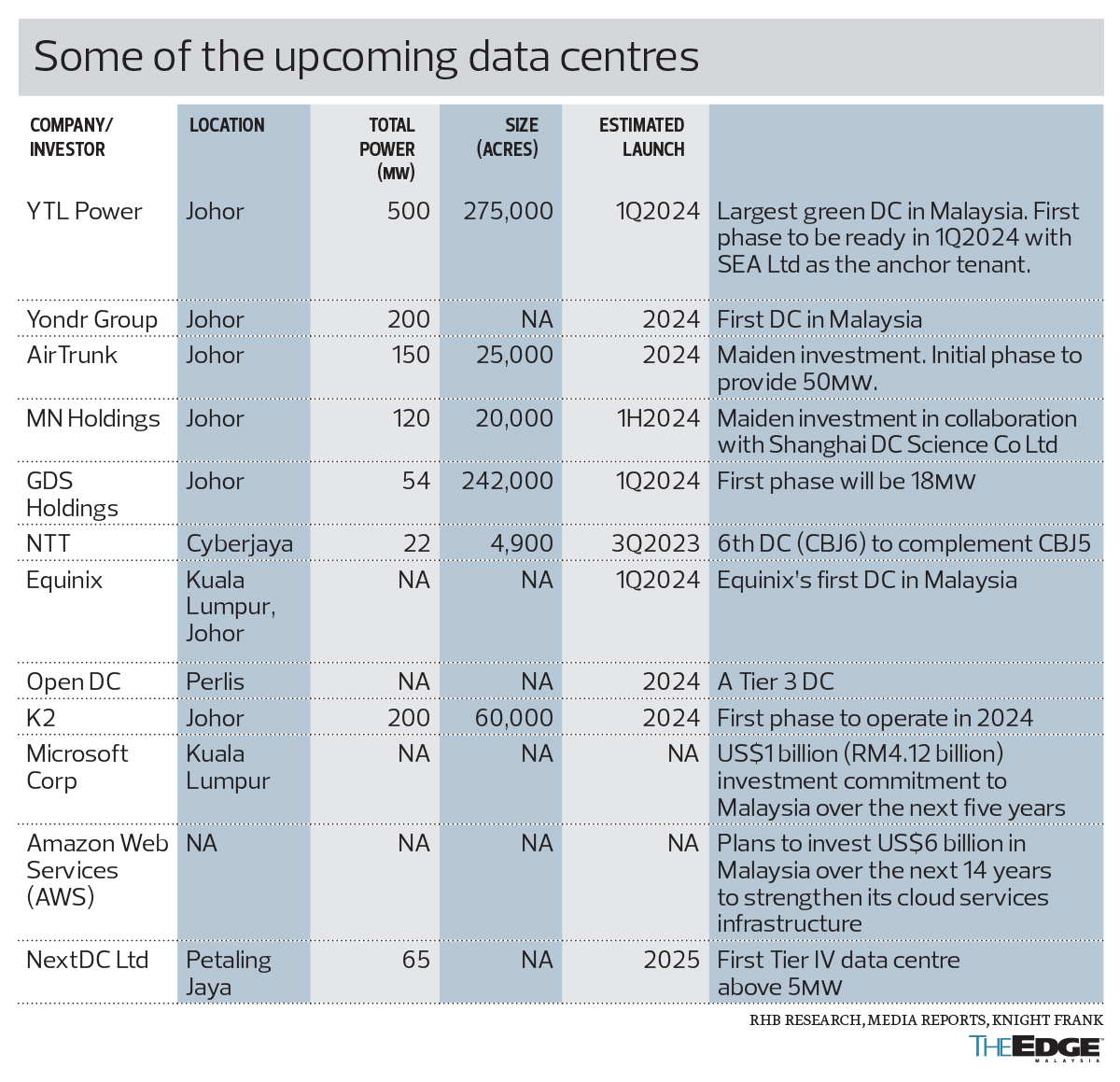
This article first appeared in The Edge Malaysia Weekly on October 30, 2023 - November 5, 2023
IN less than three years, Malaysia has attracted RM76 billion worth of investments related to data centre (DC) development. The staggering amount is mind blowing, which begs the question of whether there is enough demand to support the supply of DCs coming on stream.
There are currently more than 40 DCs operating in Malaysia, with capacities of between 100mw and 150mw. But that number is about to be dwarfed by the DC development in the pipeline, which is expected to see an additional capacity of 1,400mw over the next five to 10 years (see table). That is more than 14 times the current capacity, which took almost 20 years to build.
This number does not include the capacity that will be added by international players such as global digital infrastructure company Equinix Inc, Microsoft Corp and Amazon Web Services (AWS) that have announced their commitment to invest in Malaysia. However, details of their investments have yet to be announced.
The booming demand for DCs in Malaysia coincides with a three-year moratorium on new DC builds in Singapore, which was lifted in December 2022. Initially enacted in 2019, the moratorium was a response to the considerable energy consumption associated with DCs. Even though the moratorium has ended, the total allocated capacity is capped at 60mw per year for new applications.
For perspective, DCs are crucial components that support digital infrastructure, including the internet, cloud computing and other IT services. These are where digital data is stored, managed and processed. Essentially, these hold powerful computers that store and distribute a high volume of information at high speeds.
There are two kinds of DC operations — DC colocation and hyperscale DC. In the past, most DCs were built to focus mainly on DC colocation, which is a service provided by DC operators to companies that would rent space, power and connectivity in the DC to host their own servers and IT equipment. As a result, the growth in DC capacity has been in stages, depending on the digitalisation efforts of these companies.
Hyperscale DCs are typically massive and purpose-built facilities designed to support the tremendous computing and storage demands of cloud computing, big data and other data-intensive applications. Major investors in hyperscale DCs are usually large technology players such as Apple, Microsoft, AWS, Facebook, Alibaba, Tencent, ByteDance and TikTok.
The recent spike in DC capacity can be attributed to the boom in cloud services, big data processing and advanced technology adoption that is driving the demand for hyperscale DCs.
Hyperscale DC capacity requires hundreds of thousands to millions of square feet to house tens of thousands to hundreds of thousands servers. The electricity capacity, measured in megawatts, can range from a few megawatts for smaller hyperscale DCs to hundreds of megawatts for larger operations.
A market observer says it seems like there is a “gold rush” for DC development in Malaysia and if not managed properly could result in an oversupply of DC operations.
“There is no doubt that demand for data is increasing, but the amount of new capacity coming in is exponential compared with what the DC industry has been experiencing. The current capacity of about 100mw took 20 years to build,” he tells The Edge.
“Everybody wants to have a slice of the DC [action] and then we also have hyperscalers that manage only a handful of customers. These companies can just one day decide to change to a different location when their contract ends,” he warns.
Johor becoming an ideal location for hyperscale DCs
International companies such as US-based Equinix, China-based Yondr Group, Bridge Data Centres and Keppel Data Centres are among the early movers in the DC market in Johor. According to Knight Frank Malaysia, these companies have said they would secure multi-megawatt hyperscale contracts from Chinese or Western cloud companies.
In the past, Cyberjaya, Selangor, was the preferred location for DC operations. But that has changed over the years. Knight Frank data show that an estimated 712mw of capacity is being developed in Johor from 33mw currently, thanks to the state’s proximity to Singapore.
“Currently, the market has 33mw of live and pipeline capacity, with most of the facilities under construction or in the planning stages. These facilities are primarily build-to-suit for Western and Chinese cloud providers, as well as regional tech companies,” it said in a research report on DCs in Malaysia.
A notable local player that is making waves in Johor is YTL Power International Bhd (YTLP) through its unit YTL Data Center Holdings Pte Ltd. YTLP has announced plans to develop a 500mw DC park dubbed the “Green Data Center Park”, with an estimated investment of RM15 billion spanning seven years. The company will invest about RM1.5 billion for the first phase of the project, which will feature a Tier 3 DC facility that will have a 72mw capacity. The project is expected to be ready by March next year.
YTLP managing director Datuk Yeoh Seok Hong points out that Johor has become an ideal location for DC development due to its infrastructure and geographical advantage, as well as capacity constraints of DCs in Singapore, leading to an overflow in demand.
“Given Singapore’s moratorium on new data centre capacity, technology companies have begun to invest in data centres in neighbouring countries. Johor has become an ideal destination and is well positioned to leverage the changing dynamics,” he tells The Edge.
Apart from the big names, little known K2 Strategic Pte Ltd is in the midst of building a hyperscale DC with a 200mw capacity on a 60-acre parcel in Sedenak Tech Park (STeP) in Johor.
K2, a subsidiary of the Kuok Group, has already made its name in the DC infrastructure space when it got involved in DC development in Ireland in 2016. The company has DC facilities with a total capacity of 68mw in Ireland and is currently developing hyperscale DCs in Indonesia that will have a capacity of about 58.8mw.
K2 managing director and CEO Kuok Meng Wei says the move to Johor had been in the works for more than six years before the company made the commitment to invest.
“It actually started in 2018 when a moratorium in Singapore led to customers and providers like us looking at it as if there were no more capacity to be built in Singapore, which is a network hub of visitors around this region,” he tells The Edge in an interview.
“It has already been in the works for the past six years where we have been trying to get our existing customers to come to Malaysia. We’ve been doing the background work and it is only now that the customers are coming to Malaysia, which is why everybody is coming in for the digital infrastructure.”
Asked why the group chose to build a hyperscale DC in Johor, Kuok says it is mostly driven by consumer demand. He adds that the group had already secured long-term clients prior to making the investment.
Kuok acknowledges that while the customer pool for hyperscale DCs is not that large, he does not see the other players, especially the big names in the space, as competition.
“I think the hyperscale DC industry has only a handful of customers. Over the years, they have become more selective about who they want to work with. One of the things that separates us from many other players is that we belong to the larger Kuok Group, which is backed by capital and shareholders who have a long-term vision in developing this industry,” he says.
When asked how the Kuok Group got into digital infrastructure, considering the family’s history of being involved in traditional businesses such as hotels, commodities, freight and logistics, he explains that the group was looking to invest in industries that would disrupt the market back in 2016. That was when it became an investor in a DC project in Ireland.
“But later, our partner exited the project and we went from an investor to holding the baby and being part of building the infrastructure. We also realised the shift towards cloud computing and were looking for an asset class that would support the shift, which is the DCs,” he adds.
Where is the demand coming from?
YTLP’s Yeoh points out that the Covid-19 pandemic intensified digitalisation across industries and accelerated the need for more DCs.
“There is no doubt that the development of artificial intelligence (AI), fintech, cloud and other digital solutions will catalyse innovation and development for businesses, driving the need and demand for data centre capacity,” he says.
“The added ability to offer an integrated green solution further strengthens our position. We understand these requirements and needs, and believe that Malaysia has immense potential to build this digital future by being able to meet this demand, both locally and as a regional hub.”
TM Global executive vice-president Khairul Liza Ibrahim reckons that the demand for DCs is mainly due to increasing workloads that rely on AI, cloud computing and the Internet of Things, which have grown manifold compared with the current capacity in the country. “These applications drive the demand for DCs and the trend worldwide shows no sign of slowing down,” she tells The Edge.
Telekom Malaysia Bhd (TM) is currently one the largest DC owners in the country through TM One, which operates seven DC facilities here and one abroad. TM’s current DC portfolio has the capability to serve the requirement of more than 20mw.
“Most of our customers are looking for concurrently maintainable Tier 3 DCs with high resilience and redundancy built into the critical facilities infrastructure, which also provides low latency DC-to-DC domestic and international connectivity,” says Khairul Liza.
She points out that even though the DC business is capital expenditure intensive, TM views DCs as a crucial part of the country’s digital aspirations. “As such, we will expand our DC footprint to serve as a foundation for the country’s future growth,” she adds.
For global companies like Microsoft, things like location, the government’s robust policy and the country’s push towards a digital economy are among the driving factors to set up a DC facility in Malaysia, says Microsoft Malaysia Sdn Bhd managing director K Raman.
“This growing demand and in support of Malaysia’s vision, Microsoft is committed to being a partner in meeting the national aspirations through our investments, including in the people and the infrastructure,” he adds.
However, Raman declines to comment on the progress and size of Microsoft’s DC in Malaysia, except to say that it will be the largest investment the tech giant has ever made in this country.
“Once available, Microsoft’s Malaysian DC region will provide leading-edge cloud computing services, with world-class data security, privacy and the ability to store data in-country. Ultimately, we want more people and organisations to adopt technology and capitalise on opportunities in the digital economy,” he adds.
Microsoft has announced plans to establish DCs in Indonesia, Taiwan, New Zealand and India, he says.
Some companies are already raking in profits from their early investment in DCs. In April, Time dotcom Bhd announced the completion of its transaction with funds affiliated with New York-listed DigitalBridge Group Inc — one of the world’s leading owners and operators of digital infrastructure assets — for a strategic partnership that is intended to accelerate the expansion of its AIMS Group DC business across Asia. The deal was worth RM2 billion, which saw Time dotcom declaring a special dividend of RM1 billion to shareholders.
Across the Causeway last month, Southeast Asia’s largest telecoms operator Singapore Telecommunications Ltd (Singtel) agreed to sell a 20% stake in its regional DC business to private equity firm KKR for US$807 million, or S$1.1 billion.
SingTel is one of Singapore’s largest DC operators, with an existing capacity of 62mw. It is currently building a 58mw DC in Tuas.
Save by subscribing to us for your print and/or digital copy.
P/S: The Edge is also available on Apple's App Store and Android's Google Play.
- Malaysian Highway Authority: 20km traffic jam on KL-Karak Highway as Raya travellers return
- China’s rare earths curbs put multiple US industries at risk
- US starts collecting Trump's new 10% tariff, smashing global trade norms
- China to US: 'Market has spoken' after tariffs spur selloff
- FMM flags significant challenge for 200 businesses amid 20-day gas disruption after Putra Heights fire
- Panasonic donates RM120,000 in e-vouchers to support Putra Heights victims
- Opec+ panel stresses compliance after surprise oil output hike
- Putra Heights fire: Airbnb offers 78 temporary homes for victims — Amirudin
- Indonesia's central bank vows to support rupiah amid trade tariffs threat
- Putra Heights fire: 42 victims still warded — MOH

